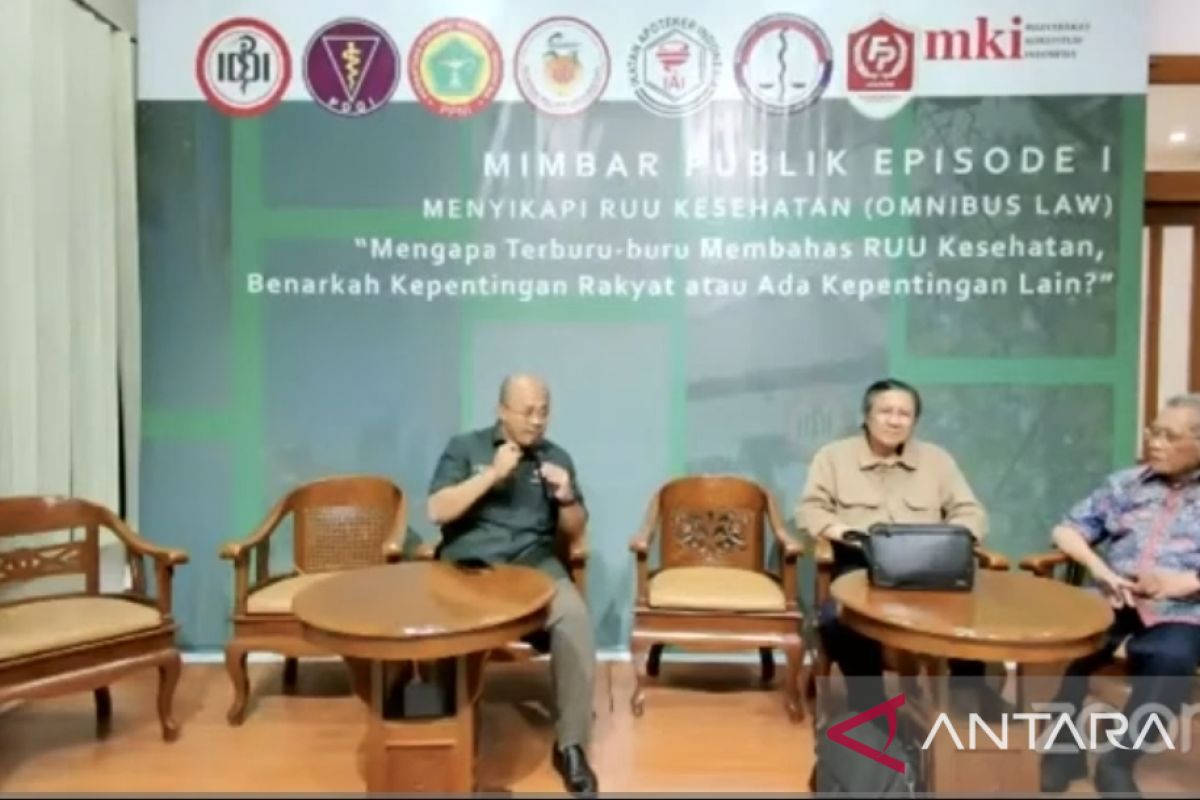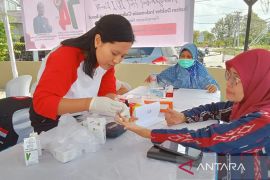Chairperson of the executive board of the Indonesian Doctors Association (PB-IDI), Adib Khumaidi, made the remarks in Jakarta on Tuesday.
"If the efforts to produce doctors and specialists do not go through an assessment, we will have too many doctors in the future. There will be a build-up in one area and a double burden on the number of doctors," he said.
Based on the World Health Organization (WHO) recommendations, the ideal doctor-population ratio is taken to be 1 doctor per 1,000 population, he informed. This means Indonesia’s current requirement for doctors is equivalent to 272 thousand, he added.
Currently, Indonesia has 193,710 doctors, comprising 148,900 general practitioners and 44,810 specialist doctors, as per IDI data. Therefore, there is still a shortage of around 78,290 doctors, he noted.
Khumaidi said that the production rate of doctors at 92 medical faculties across the country is currently around 12 thousand doctors per year.
"In six to seven years, we will be able to fulfill the need of doctors in Indonesia," he added.
According to him, the data regarding the number of doctors collected by IDI has come from data collected on members and the issuance of recommendations for practice permits by professional organizations down to the branch level.
He said that the figure reported by IDI regarding the shortage in the number of doctors is different from the Ministry of Health's report, which puts the shortage of doctors in Indonesia at 160 thousand.
"The production of doctors needs a pattern of analyzing the needs of health workers and medical staff based on districts/cities and provinces," he explained.
Earlier, the Health Ministry outlined three strategies to accelerate the production of doctors in Indonesia to meet the 1:1,000 population ratio.
The first strategy is increasing the number of study programs since, out of the 92 medical faculties in Indonesia, only 20 have heart disease study programs, while only two study programs are producing cardiologists.
The Ministry of Health is also working with the Ministry of Education and Culture to pursue the fulfillment of health workers by increasing the number of medical study programs to create more doctors and specialist doctors.
The second strategy is providing scholarships through collaboration with collegiums and professional organizations to train specialist doctors.
Accordingly, the number of scholarships has been increased from 200 to 300 to 1,500 in 2022.
The third strategy is encouraging hospital-based medical education by adding a specialist medical education system, which was originally university-based and later augmented with hospital-based.
Related news: Govt aims to add 5,000 specialist doctors through scholarship programs
Related news: 7,000 babies dying yearly due to lack of specialists: health minister
Translator: Andi Firdaus, Resinta S
Editor: Rahmad Nasution
Copyright © ANTARA 2023












